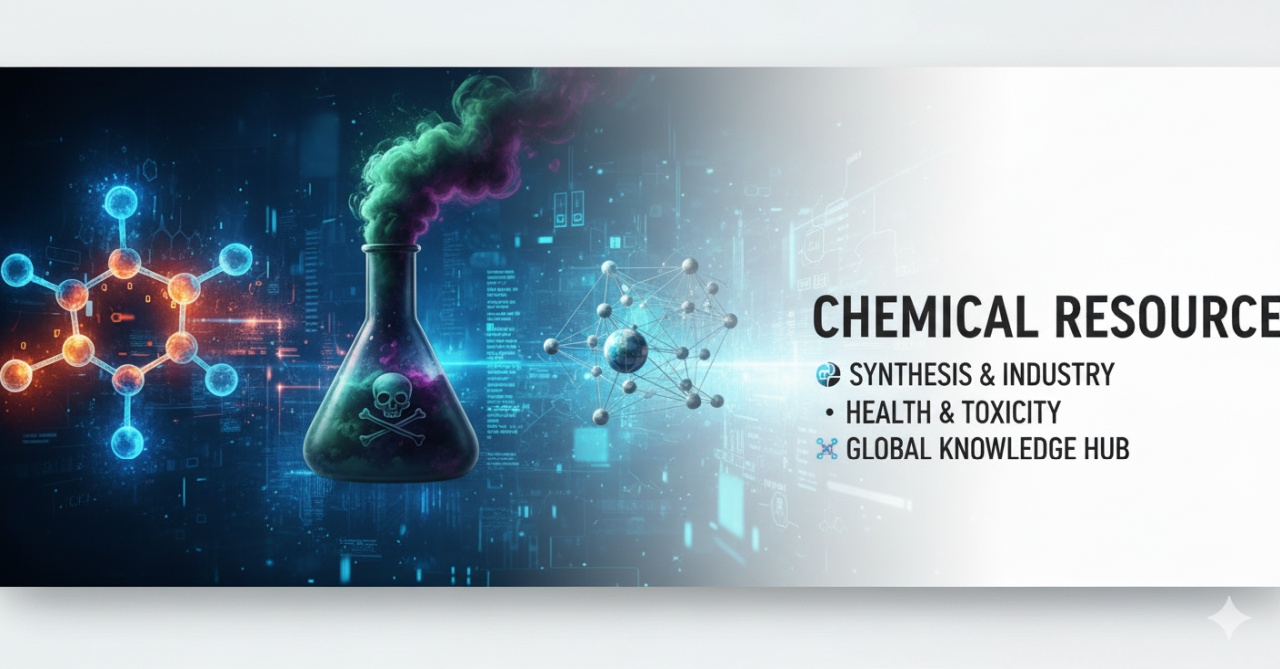🔎 Recherche Rapide
Trouvez des substances par numéro CAS, numéro ONU, classe de danger ou autre...
Benzophenone-2
- [General Manufacturing Information] Methanone, bis(2,4-dihydroxyphenyl)-: ACTIVE
Résumé de toxicité: IDENTIFICATION AND USE: Benzophenone-2 (BP2) is used as UV filter in a personal care products. Benzophenone-2 is commonly used in cosmetic products and food container plastics to filter out ultraviolet light. HUMAN STUDIES: Sensitization against benzophenone-2 has been reported. BP2, may disturb thyroid hormone homeostasis by inhibiting or inactivating thyroid peroxidase, effects that are even more pronounced in the absence of iodide. ANIMAL STUDIES: Benzophenone-2 was estrogenic in vitro and in the rat uterotropic assay. BP2 was shown to bind to the estrogen receptors. Benzophenone-2 was reported to be positive for mutagenicity using Salmonella typhimurium strains TA98, TA100, TA1535, and TA1537 with metabolic activation. An in vitro cytogenic assay was used to evaluate the ability of Benzophenone-2 to induce sister chromatid exchange (SCE) and chromosome aberrations (CA) in L5178Y mouse lymphoma cells. Benzophenone-2 does not directly induce significant SCE or CA increases but does, under metabolic activation, induce these changes. Benzophenone-2 induced an increase in mutations at the TK locus in L5178Y mouse lymphoma cells only for highly toxic doses with or without metabolic activation. UV-screens at high doses also may possess immunomodulatory effects some of which resemble those of 17beta-estradiol. ECOTOXICITY STUDIES: BP2 is estrogenic in fish and act as pure- or partial estrogen receptor alpha agonists. Reproductively mature fathead minnows (Pimephales promelas) were exposed to 0.002, 0.1, 1.2, 5.0 and 9.7 mg/L BP-2 for 15 days. Testes of exposed males had much fewer spermatocytes and ovaries of exposed females had much fewer mature and more atretic follicles. Reproduction was negatively affected in a dose-dependent manner with a decrease in egg production at 5.0 mg/L and a complete cessation of spawning activity at 9.7 mg/L BP-2. In other experiment, Xenopus laevis embryos were exposed in flow-through conditions to 0, 1.5, 3.0 or 6.0 mg/L BP-2 until 2 months post-metamorphosis. Concentration-dependent increases in severity of thyroid follicular cell hypertrophy and hyperplasia occurred in larval tadpoles indicating BP-2-induced impacts on the thyroid axis. Additionally, gonads were impacted in all treatments with some genetic males showing both testis and ovary tissues (1.5 mg/L) and 100% of the genetic males in the 3.0 and 6.0 mg/L treatments experiencing complete male-to-female sex reversal. Concentration-dependent vitellogenin induction occurred in both genders with associated accumulations of protein in the livers, kidneys and gonads, which was likely vitellogenin and other estrogen-responsive yolk proteins. BP-2 is a genotoxicant to corals, exhibiting a strong positive relationship between DNA-AP lesions and increasing BP-2 concentrations. BP-2 exposure in the light induced extensive necrosis in both the epidermis and gastro dermis. In contrast, BP-2 exposure in darkness induced autophagy and autophagic cell death.
📬 Subscribe to Our Mail List
Get updates about chemical safety, regulatory tools and more...
